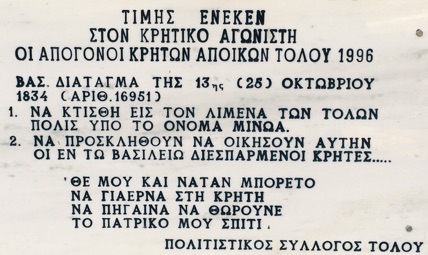History
Historical references to Tolo go back to antiquity because of its connection to the kingdom of Asine, which is located about two miles to its northeast. (Our daughter Sophia was baptized in the Panagitsa church next to ancient Asine.). One explanation of Tolo’s name might be that its naturally protected bay was originally called Aulon and, because it was Asine’s port, it was referred to as Port Aulon and eventually Tolon.
It is said that Agamemnon’s Troy-bound Greek fleet first assembled in Port Aulon harbor before it went to Aulis (50 miles north east of Athens), from where the Trojan campaign officially started. Homer refers to Asine and its port in the Iliad. Excavations in Asine were conducted in 1922-30 by Professors Persohn and Erlandsson from Sweden’s Uppsala and Lund universities. They were assisted by King Gustav VI, grandfather of the current Swedish King Carl Gustav.
In the Middle Ages as Franks and Venetians occupied Peloponnisos, Tolo played a minor role in the area. In fact, Ioannis Kotitsas, a former Tοlo elementary school teacher, in his outstanding 2001 book entitled «Ιστορία Τολόν-Μινώα, Τολόν Ναυπλίας,» (History of Tolon) (right), offered a second explanation of the village name. He said the village likely was named for the Frank bishop of Andravida ( located just north of Pyrgos in Elia in west Peloponnisos) who had jurisdiction over all Franks in the Peloponnese. In 1342 the bishop was a Catalan named Jean Tolon, who became a hero to the Frankish world because on Dec. 15, 1342, against papal wishes, he went to Palermo and crowned five-year-old Louis king of Sicily to succeed his father Pedro II, who had just died. Area Franks to honor Jean Tolon gave his name to the new village, which became known as Port Tolon.
Tolon served as an auxiliary port to Nafplio (modern Greece’s first capital 1828-1834), and was occupied by the Franks until 1389, the Venetians until 1540 and later by the Turks until the mid 1820s. From 1686 to 1715 Nafplio was under the Venetians thanks to Admiral Francesco Morosini, who landed on the sandy Tolon bay with 12,000 soldiers and approached Nafplio from the mountainous south east to liberate it from the Turks (photos on right show the cover of the 1686 book by Venetian historian Fr. Coronelli, which deals with Middle Ages history of the Peloponnese and especially the start of Morosini’s attack on Nafplio, p. 144).
After Greece gained its independence from the Turks, the first Governor of Greece, Ioannis Capo D’Istria (Kapodistrias) in 1831 and Greece’s first king, Otto, in 1834 assigned Tolo to those Cretan citizens who fled their island because of Turkish oppression. For those “who lost everything in the struggle,” the government recommended that a city be built in the port of Tolon and be called Minoa, after the legendary Cretan king. The law allotted 128 Cretan families pieces of land, a small house and implements with which to farm. Descendants of most of those original settlers can still be found there--Gogonas, Perantonakis, Sgouros, Tziritas, Moutzouris, Niotis, Louloudakis, Papadakis, Protopapadakis, Skalidis, Leventakis, Daskalakis, Protopapas and Bikakis are some of the names I recognize. (Source: Minutes of the 9th International Cretan Conference, Chania, 1-8 October 2006. “Settlements of Cretan Refugees in the Kingdom of Greece, the case of Minoas (Tolo),” by Maria Papadaki-Tzavara. Reprinted by Philological Association “Chrysostomos,” Chania, 2011.) The name of the city was officially changed to Municipality of Tolo in 1912.
To this day the Cretan influence dominates the village as most of the merchants in town have names ending in “-akis”, the sign of a Cretan name, as opposed to the ending of “-opoulos”, which shows a Peloponnesian origin. In 1996 Tolo’s cultural council unveiled a monument on the main street entering the village (right) dedicated to the memory of the Cretan fighters who settled in the village and to the 1834 government order that made Minoa possible.
During the German occupation of Greece, Italians were assigned to administer Tolo but they became too friendly with the locals and the Germans expelled them. In a 2015 interview author Kotitsas spoke fondly of the Italian occupiers (see photo below) and said local women voluntarily cooked and laundered for them. He added that the year Tolo was solely under the Germans (September 1943-September 1944) was a difficult one.
It is worth noting here that before the Kotitsas book, the first history of Tolo was published in the late ‘50s in a booklet by Dr. Konstantinos Kodellas, whose children still have strong ties to Tolo. The booklet was called “Lefkoma Tolou” (A Tolo Album) (right) and it was a loving tribute to the village and its people.
Today’s municipality of Tolo belongs to the city of Nafplio (pop. 11,000), which is in the state (prefecture) of Argolis, whose capital is Argos (20 miles away).
There is one elementary school in town, a couple of doctors, at least two pharmacies and a small police force. There are plenty of hotels, restaurants, jewelry stores, souvenir shops, supermarkets and travel agencies in town. One or two national banks have branches and ATMs in Tolo. Bus service to the largest city in the area, Nafplio (6 miles) is every half hour from 7 a.m. to 9 p.m. Nafplio’s bus station offers many connections daily to all parts of Greece.
During the summer, Tolo’s travel agents operate a daily service of two small ships that offer one-day excursions to Hydra, Spetses, Poros and the castle city of Monemvasia. Similarly there are buses or taxis that offer one-day excursions to major archaeological sites such as Delphi, Olympia, Athens, Mycenae, Epidauros, Tiryns, etc.
Tolo has its own football team--it used to be called Minotaur (Minotavros), but during the 1967-74 military dictatorship the area’s administrator told the Tolians if they wanted to have a football stadium, they’d have to change the name of the team to the National (Ethnikos). Today Tolo has a team called Ethnikos and a football stadium.
(Map courtesy of Google Maps.)
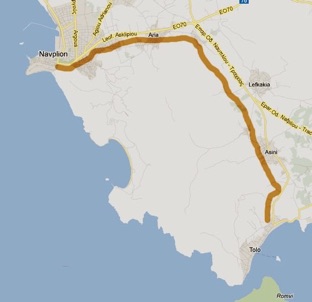

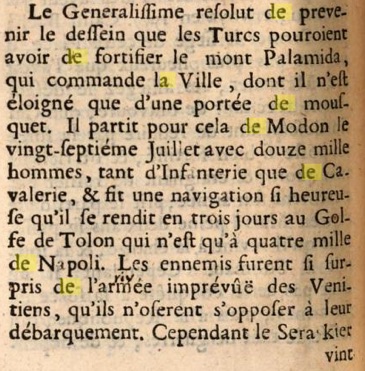

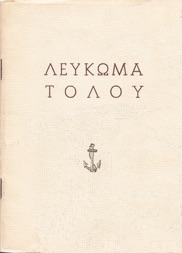
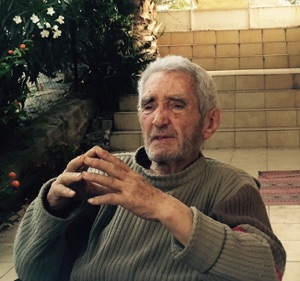
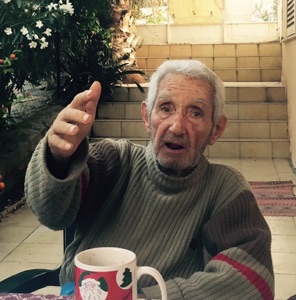
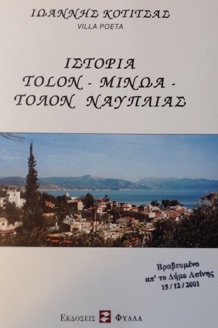
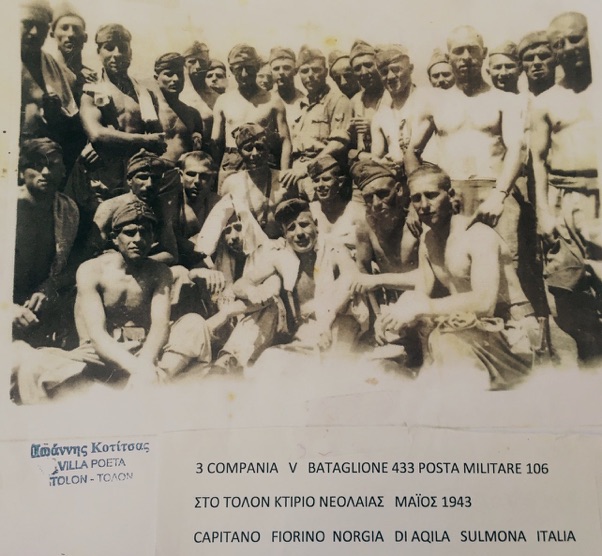
Above: Teacher, author and poet Ioannis Kotitsas’ book on Tolo history and photos of an interview with him in June 2015. Left: the Italian soldiers who administered Tolo in 1941-43 and successfully befriended the locals (photo, Kotitsas archive).
